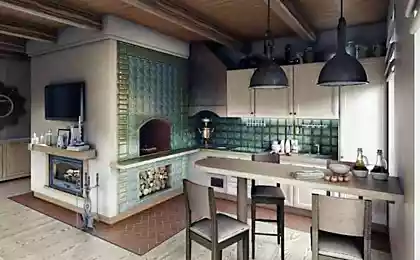154
Those two words literally changed my life! Peace of mind, order in the house and in thought.
In 2017, the Japanese style wabi-sabi It became extremely popular among celebrities and billionaires. In particular, his ardent fans were Jessica Alba and Twitter founder Jack Dorsey.
What are the features of this Japanese philosophy and what exactly Instagram users note with the hashtag #wabisabi, decided to understand the editorial board "Site".
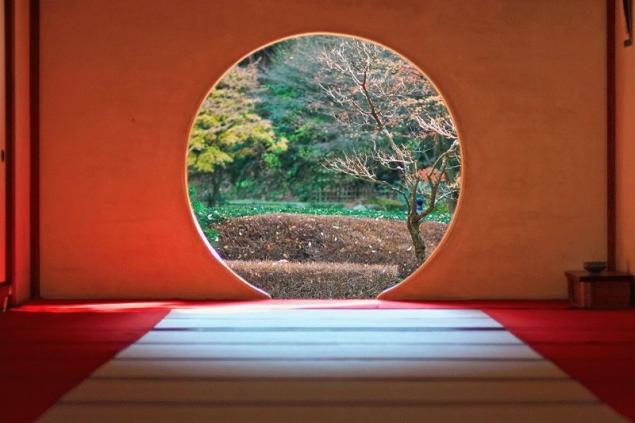
Wabi-sabi is a Japanese philosophy whose main principle is the ability to find beauty in imperfection. Wabi-sabi literally translates as “modest simplicity.”
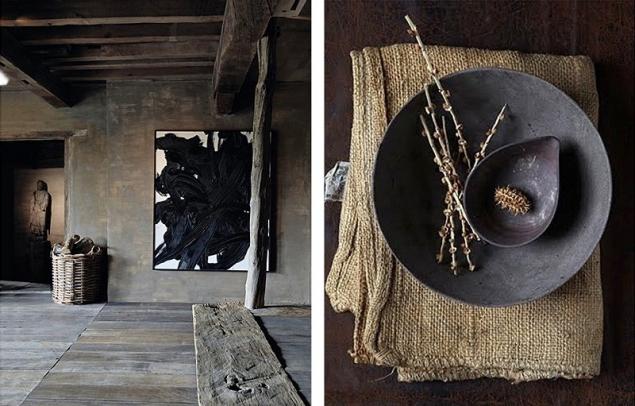
This is the exact opposite of the modern world, which is full of designer things with perfectly calibrated proportions and nanotechnology.
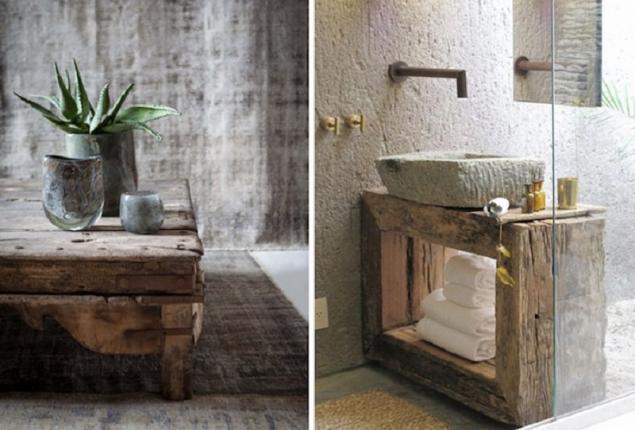
Wabi-sabi philosophy proposes to abandon shopping centers in favor of flea markets, change glossy flooring for an old tree, use authentic dishes instead of factory dishes.
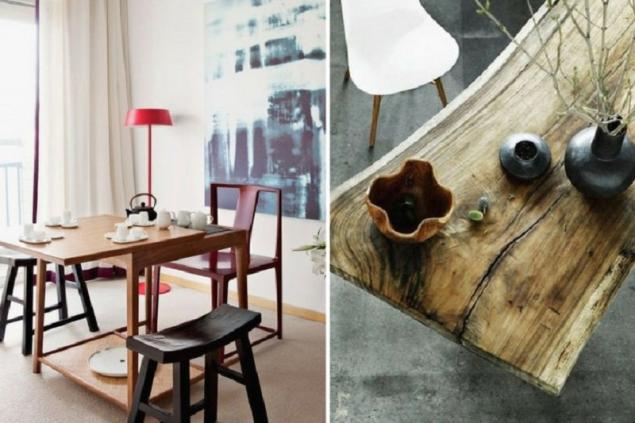
Andrew Juniper, author of the best-selling book Inside Wabi Sabi: The Japanese Art of Impermanence, explains clearly in his book how this philosophy can be useful to modern man.
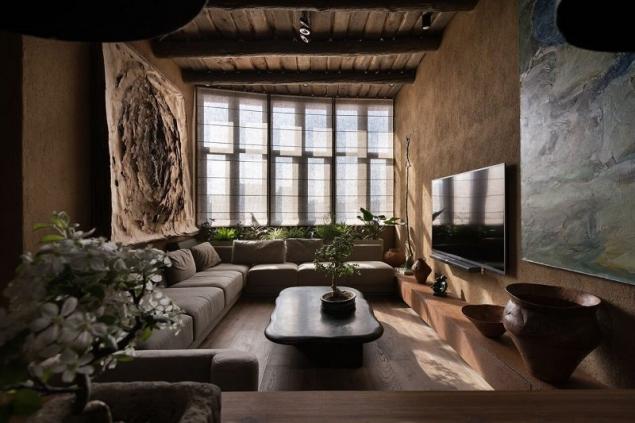
“It is a call to appreciate a cracked vase, a quiet rainy day, the impermanence of things. This is an alternative to today’s world – a rapidly changing, mass-oriented world. Wabi-sabi reminds us to slow down and find comfort in the simple things around us.
Japanese style in the interior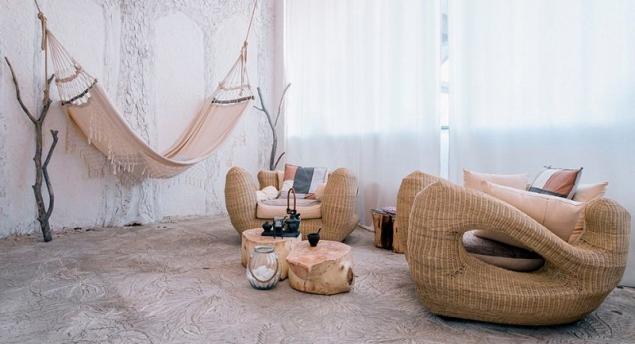
Adepts of wabi-sabi should remember that first of all, the house should be simple and comfortable. No extra things and tinsels in the form of mountains of statuettes and souvenirs. But your favorite books should definitely highlight the corner.
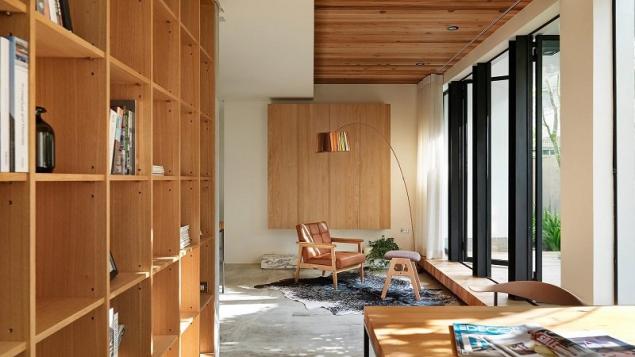
Japanese philosophy suggests decorating rooms in calm, neutral colors. Be sure to focus on the place for rest.

Another important element of the Japanese wabi-sabi style is the openness and completeness of the space. This allows you to truly feel peace and harmony with the outside world.
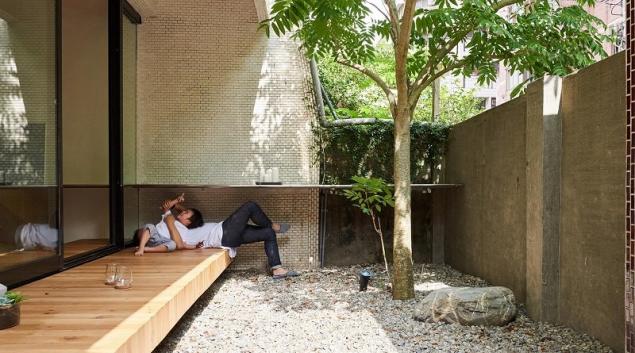
To decorate the interior in the style of wabi-sabi will not need large funds, special training or the help of a designer. What is required is a quiet mind, a subtle perception of the fragility of the world and the ability to accept things as they are, without embellishment.

Japanese philosophy does not give us any clear rules for decorating a house in the style of wabi-sabi. The main thing is that every piece of furniture or decoration is filled with meaning. It is worth digging into old mezzanine and finding really unique things!
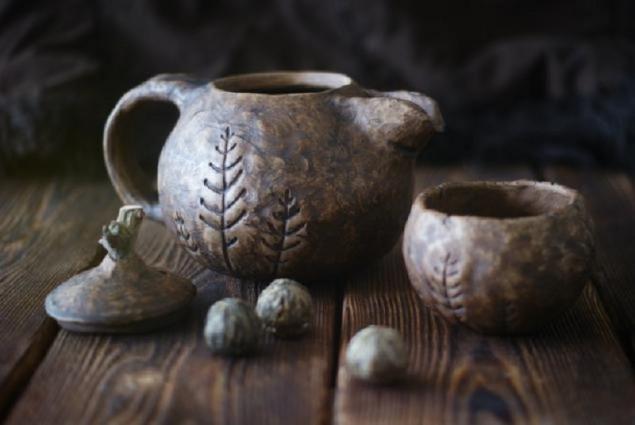
We wish all our readers to remain at peace with themselves and their surroundings! If we can love the things we already have, with all their cracks and flaws, we won’t need to spend large sums to buy new ones.
What are the features of this Japanese philosophy and what exactly Instagram users note with the hashtag #wabisabi, decided to understand the editorial board "Site".

Wabi-sabi is a Japanese philosophy whose main principle is the ability to find beauty in imperfection. Wabi-sabi literally translates as “modest simplicity.”

This is the exact opposite of the modern world, which is full of designer things with perfectly calibrated proportions and nanotechnology.

Wabi-sabi philosophy proposes to abandon shopping centers in favor of flea markets, change glossy flooring for an old tree, use authentic dishes instead of factory dishes.

Andrew Juniper, author of the best-selling book Inside Wabi Sabi: The Japanese Art of Impermanence, explains clearly in his book how this philosophy can be useful to modern man.

“It is a call to appreciate a cracked vase, a quiet rainy day, the impermanence of things. This is an alternative to today’s world – a rapidly changing, mass-oriented world. Wabi-sabi reminds us to slow down and find comfort in the simple things around us.
Japanese style in the interior

Adepts of wabi-sabi should remember that first of all, the house should be simple and comfortable. No extra things and tinsels in the form of mountains of statuettes and souvenirs. But your favorite books should definitely highlight the corner.

Japanese philosophy suggests decorating rooms in calm, neutral colors. Be sure to focus on the place for rest.

Another important element of the Japanese wabi-sabi style is the openness and completeness of the space. This allows you to truly feel peace and harmony with the outside world.

To decorate the interior in the style of wabi-sabi will not need large funds, special training or the help of a designer. What is required is a quiet mind, a subtle perception of the fragility of the world and the ability to accept things as they are, without embellishment.

Japanese philosophy does not give us any clear rules for decorating a house in the style of wabi-sabi. The main thing is that every piece of furniture or decoration is filled with meaning. It is worth digging into old mezzanine and finding really unique things!

We wish all our readers to remain at peace with themselves and their surroundings! If we can love the things we already have, with all their cracks and flaws, we won’t need to spend large sums to buy new ones.
The Art of Creating New Year's Garlands from Nothing
10 sewing tricks from experienced needlewomen. Turns out it's not that hard!





















